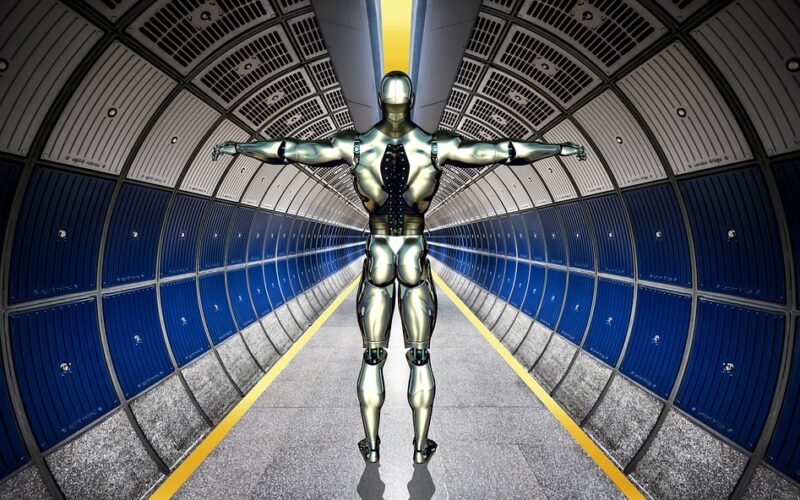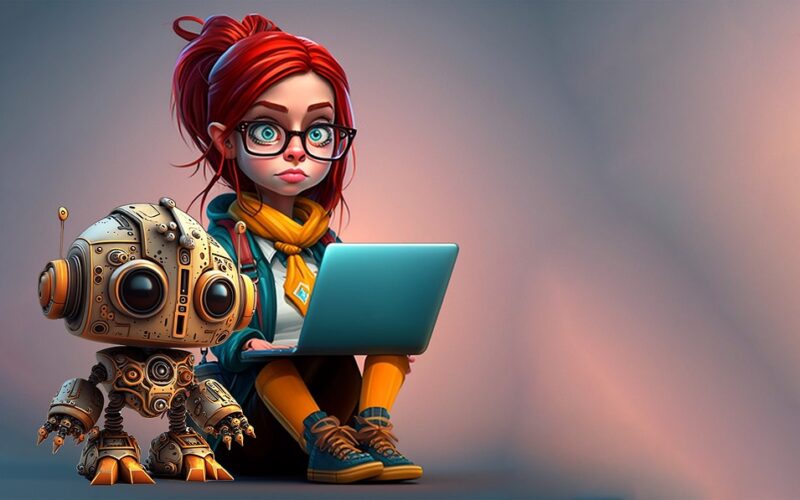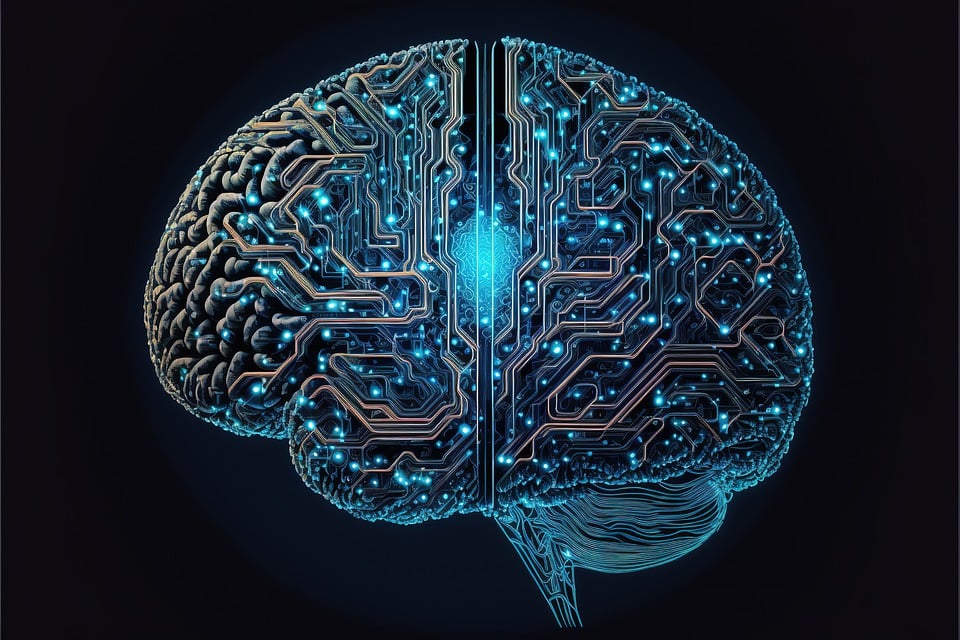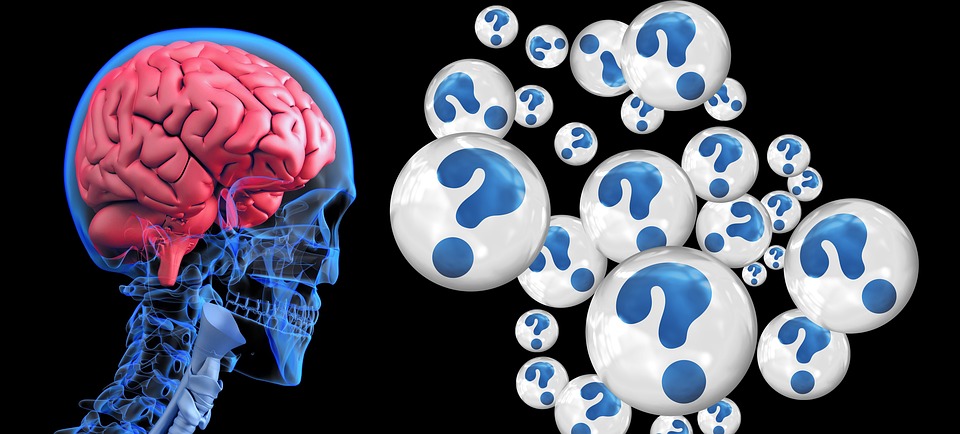Art has always been a reflection of human creativity and imagination. From cave paintings to Renaissance masterpieces to modern contemporary art, artists have constantly pushed the boundaries of what is possible with their creations. However, with the rapid advancements in technology, a new player has emerged in the art world: artificial intelligence (AI). AI is changing the way we create art, leading to new forms of expression and pushing the boundaries of what is possible.
One of the most significant ways AI is impacting artmaking is through the creation of generative art. Generative art is created using algorithms that produce unique and unpredictable outputs. These algorithms can analyze data, learn from patterns, and generate new artworks based on these inputs. Artists can use generative art as a tool to explore new ideas and concepts that they may not have considered otherwise. AI-generated art can range from abstract compositions to hyper-realistic images, opening up a whole new world of possibilities for creators.
Another way AI is influencing artmaking is through the use of machine learning. Machine learning algorithms can analyze large datasets of images, texts, and other media to learn patterns and styles. Artists can use these algorithms to assist in the creative process, providing inspiration, generating new ideas, or even creating art autonomously. Machine learning can help artists explore new styles, experiment with different techniques, and push the boundaries of their creativity.
AI is also changing the way we interact with art. Virtual reality and augmented reality technologies can bring artworks to life in new and immersive ways. Viewers can explore artworks in three dimensions, interact with them in real-time, and experience art in ways that were previously impossible. AI-powered algorithms can also analyze viewer reactions and feedback to create personalized art experiences tailored to individual preferences.
Despite the exciting possibilities AI brings to the art world, there are also concerns about its impact. Some worry that AI-generated art may lack the emotional depth and human touch that traditional art possesses. Others fear that AI may replace human artists altogether, leading to a loss of creativity and individual expression. However, many artists see AI as a tool that can enhance their creativity, opening up new possibilities and pushing the boundaries of what is possible in artmaking.
FAQs:
Q: Will AI replace human artists?
A: While AI is changing the way we create art, it is unlikely to replace human artists completely. AI can assist artists in the creative process, providing new tools and techniques to explore. However, human artists bring a unique perspective, emotion, and creativity that AI cannot replicate.
Q: Is AI-generated art considered “real” art?
A: The definition of art is constantly evolving, and AI-generated art is no exception. While some may question the authenticity of AI-generated art, others see it as a new form of artistic expression. Ultimately, the value of art is subjective and open to interpretation.
Q: How can I incorporate AI into my art practice?
A: There are many ways to incorporate AI into your art practice. You can explore generative art algorithms, experiment with machine learning techniques, or use AI-powered tools to enhance your creative process. Experimenting with AI can lead to new ideas, techniques, and forms of expression.
Q: What are the ethical implications of using AI in artmaking?
A: As with any technology, there are ethical implications to consider when using AI in artmaking. Artists should be conscious of issues such as copyright, privacy, bias, and transparency when using AI tools. It is essential to be aware of the potential impact of AI on artmaking and to use this technology responsibly.
In conclusion, the future of artmaking is evolving thanks to artificial intelligence. AI is changing the way we create art, pushing the boundaries of what is possible and opening up new forms of expression. While there are concerns about the impact of AI on the art world, many artists see AI as a tool that can enhance their creativity and push the boundaries of their practice. With the right balance of human ingenuity and technological innovation, AI has the potential to revolutionize artmaking and create new possibilities for artists and audiences alike.










